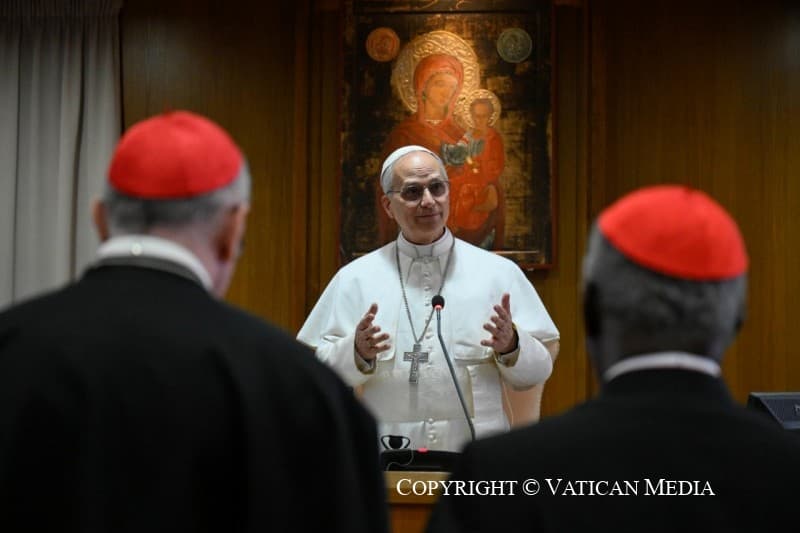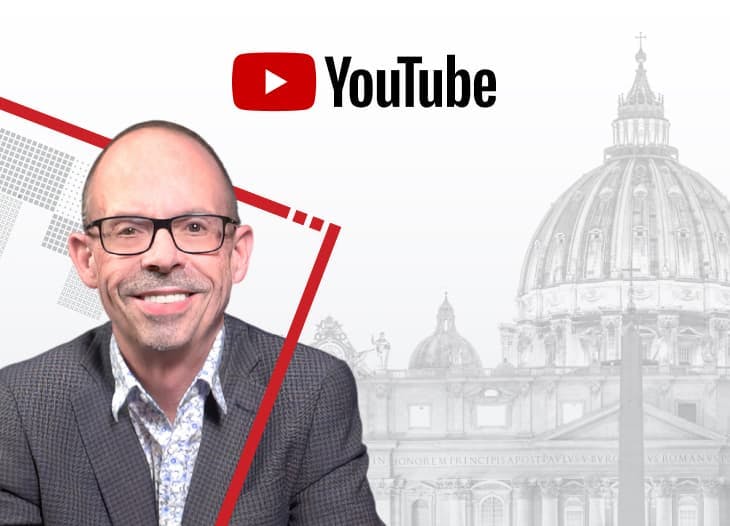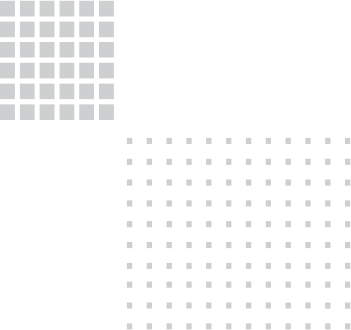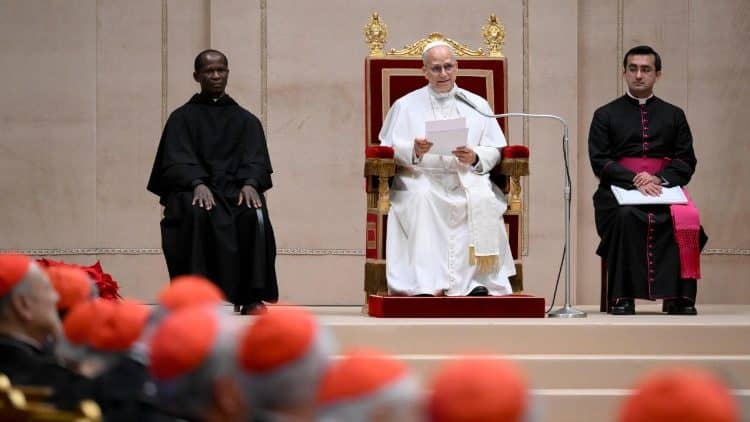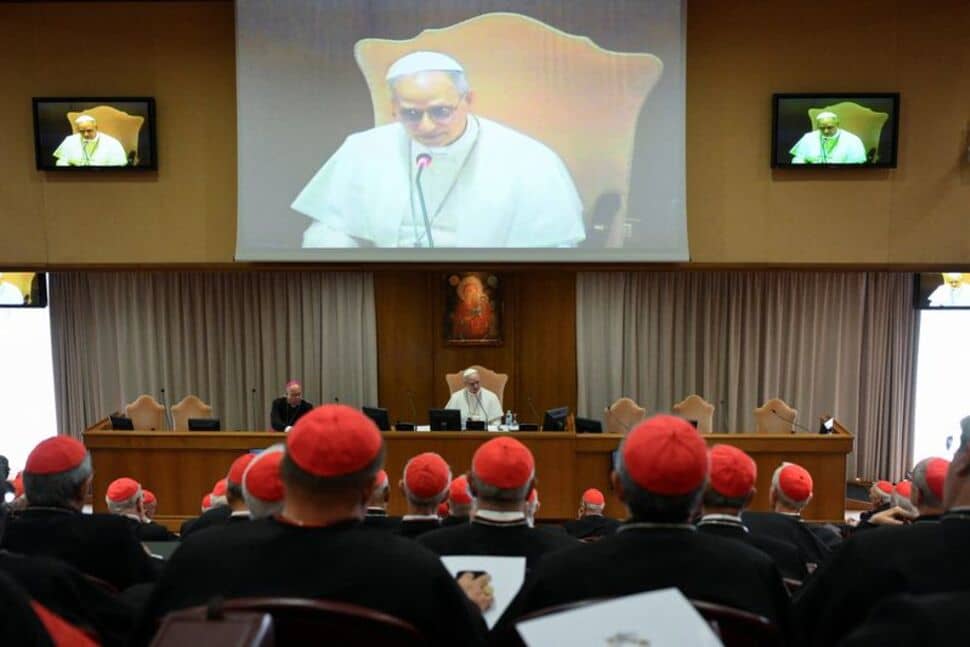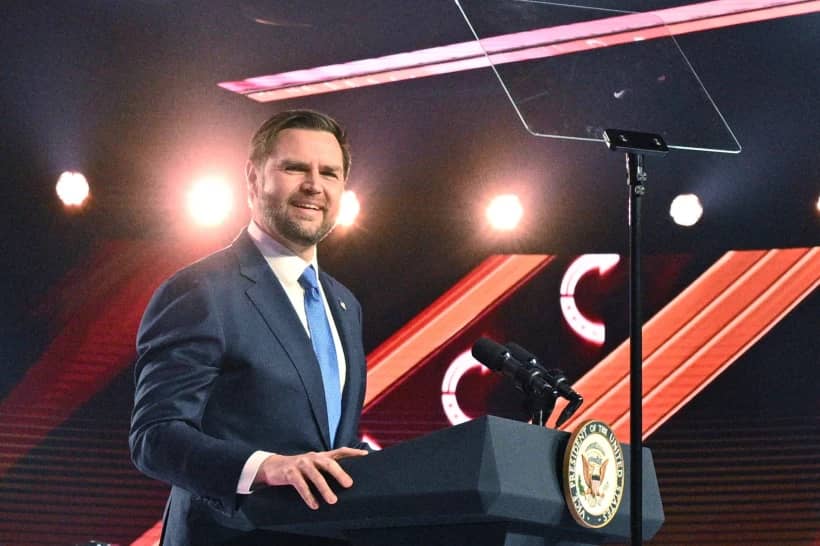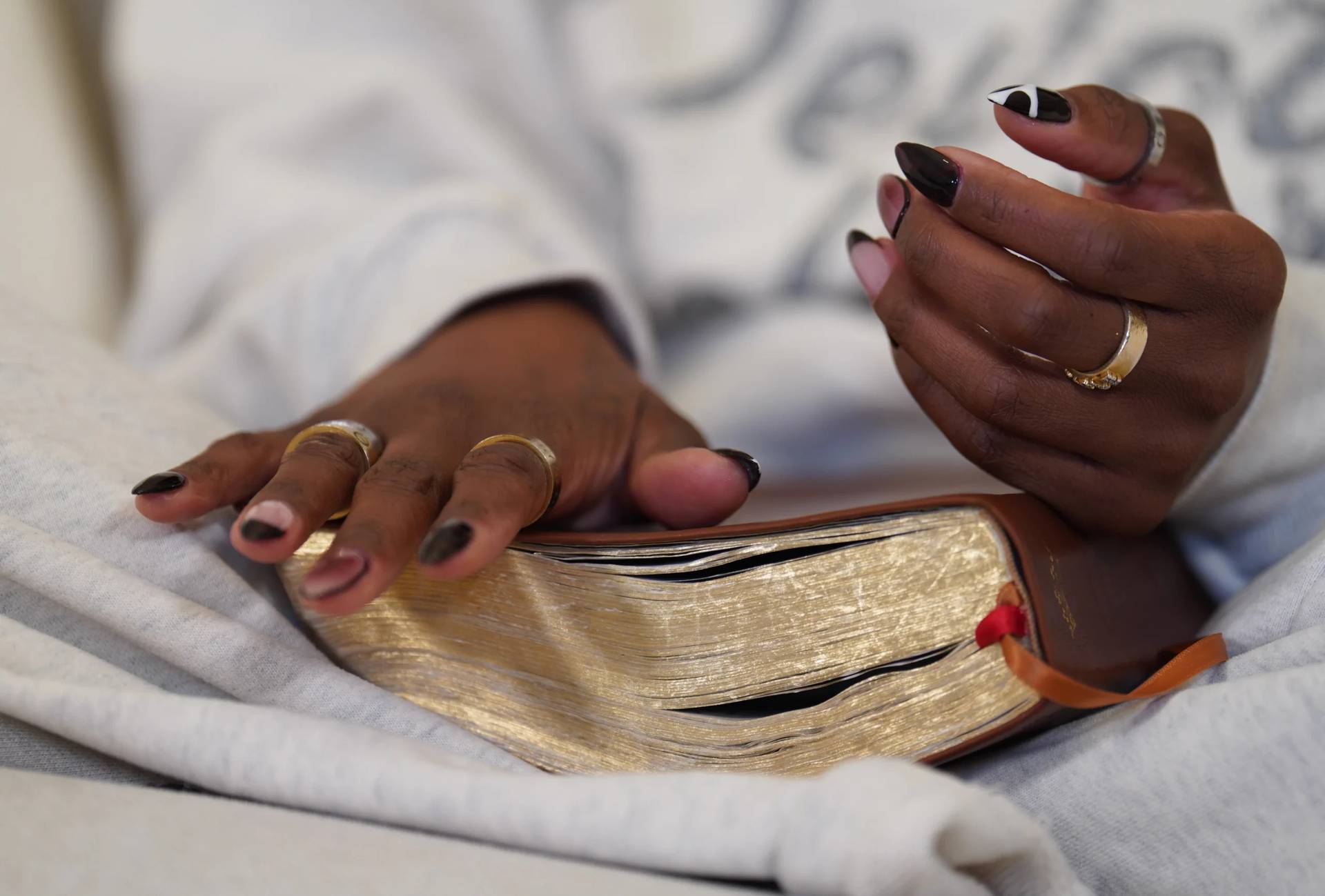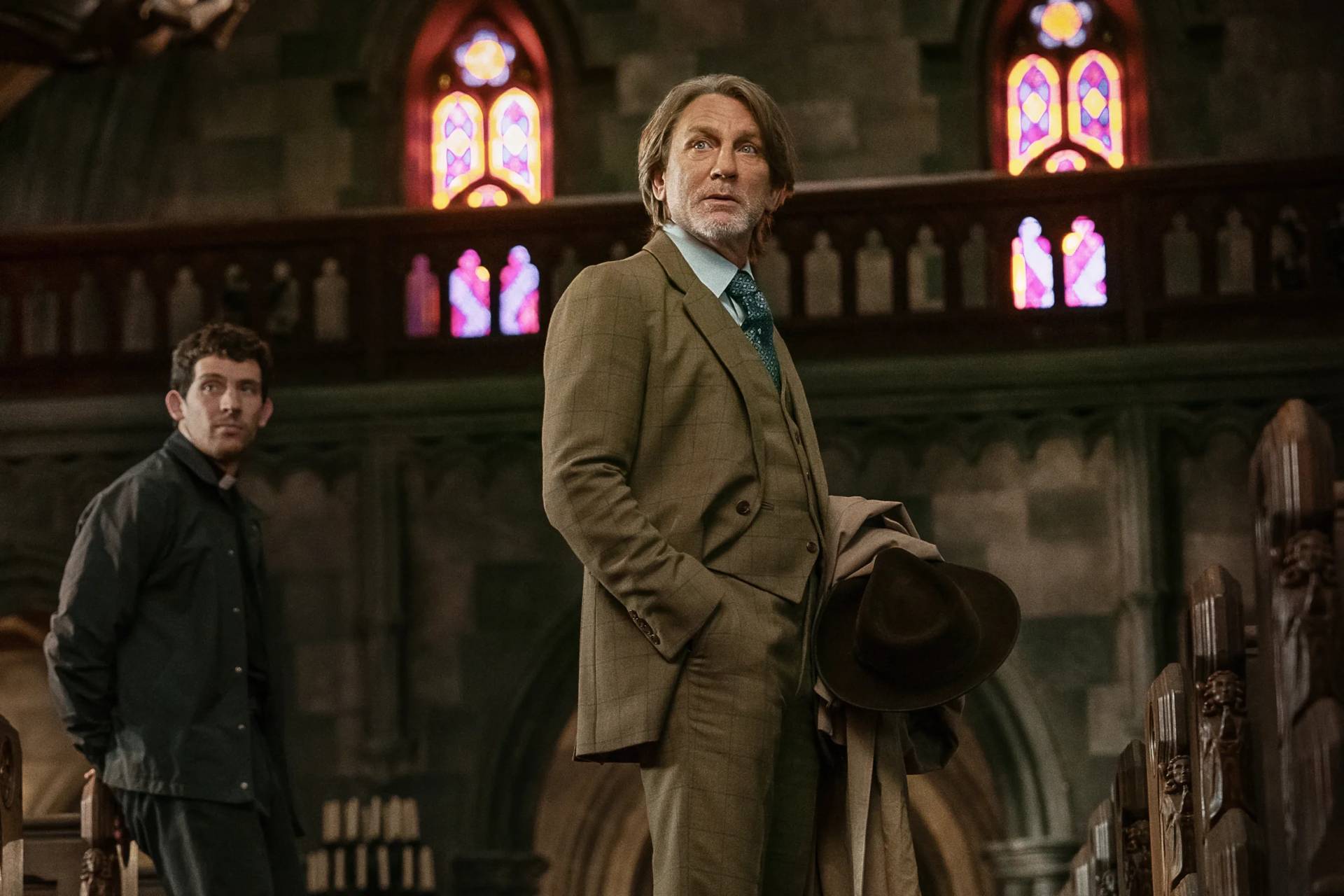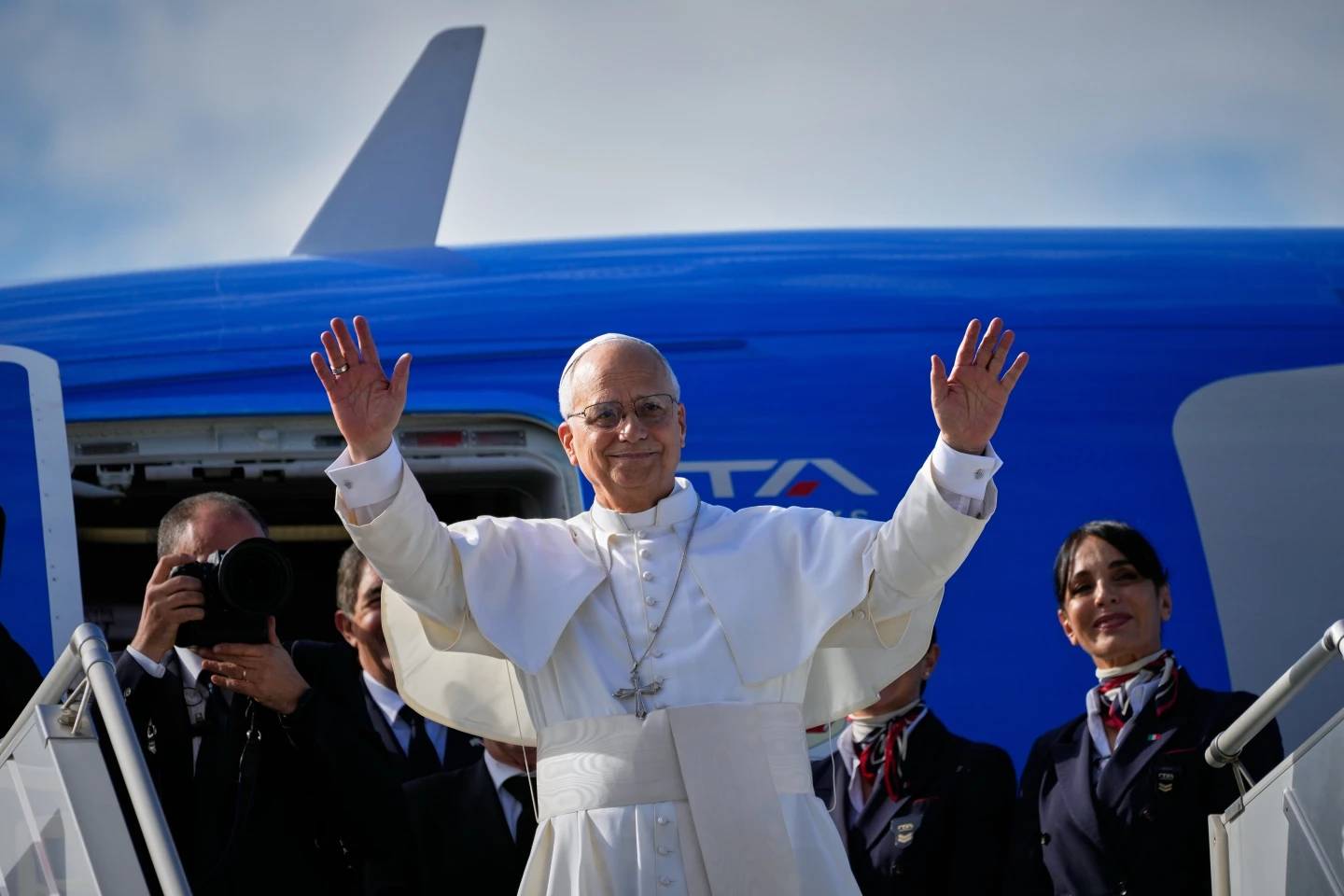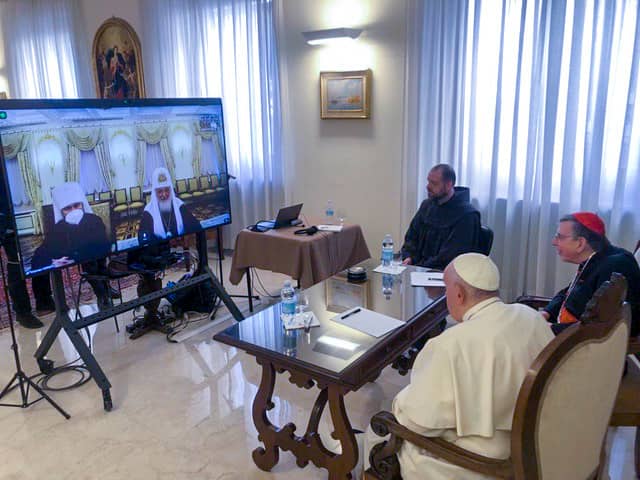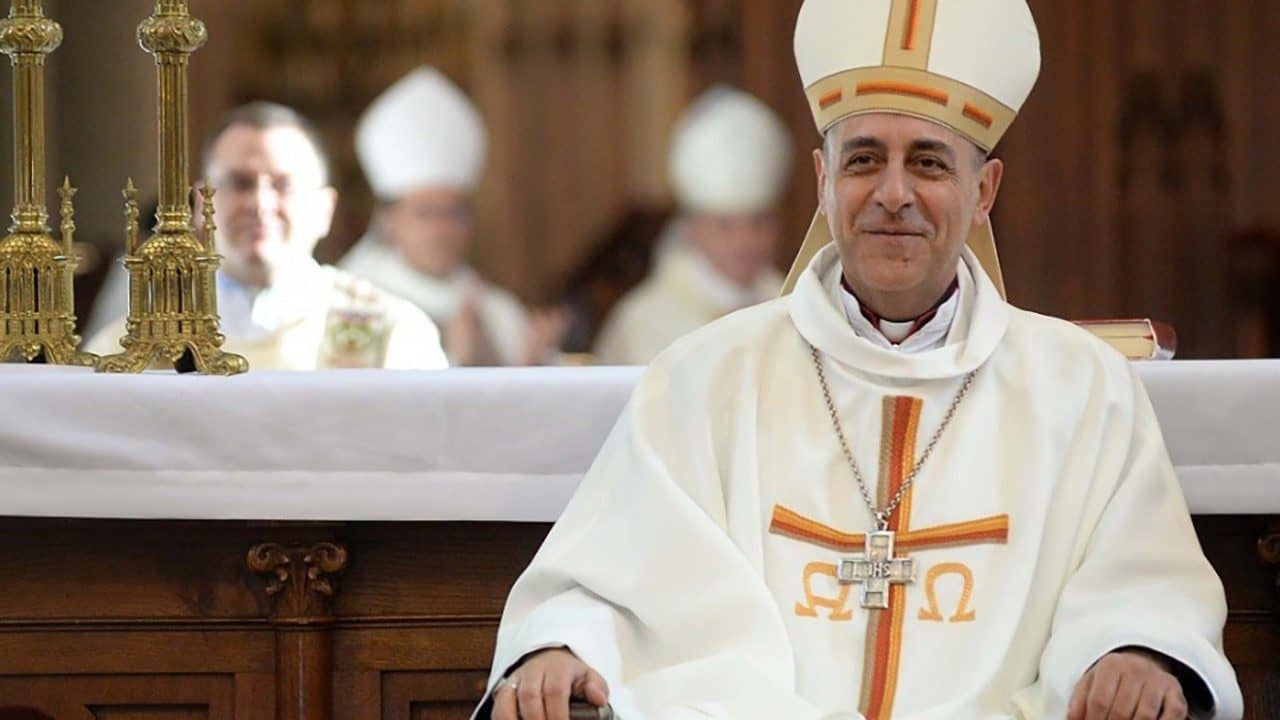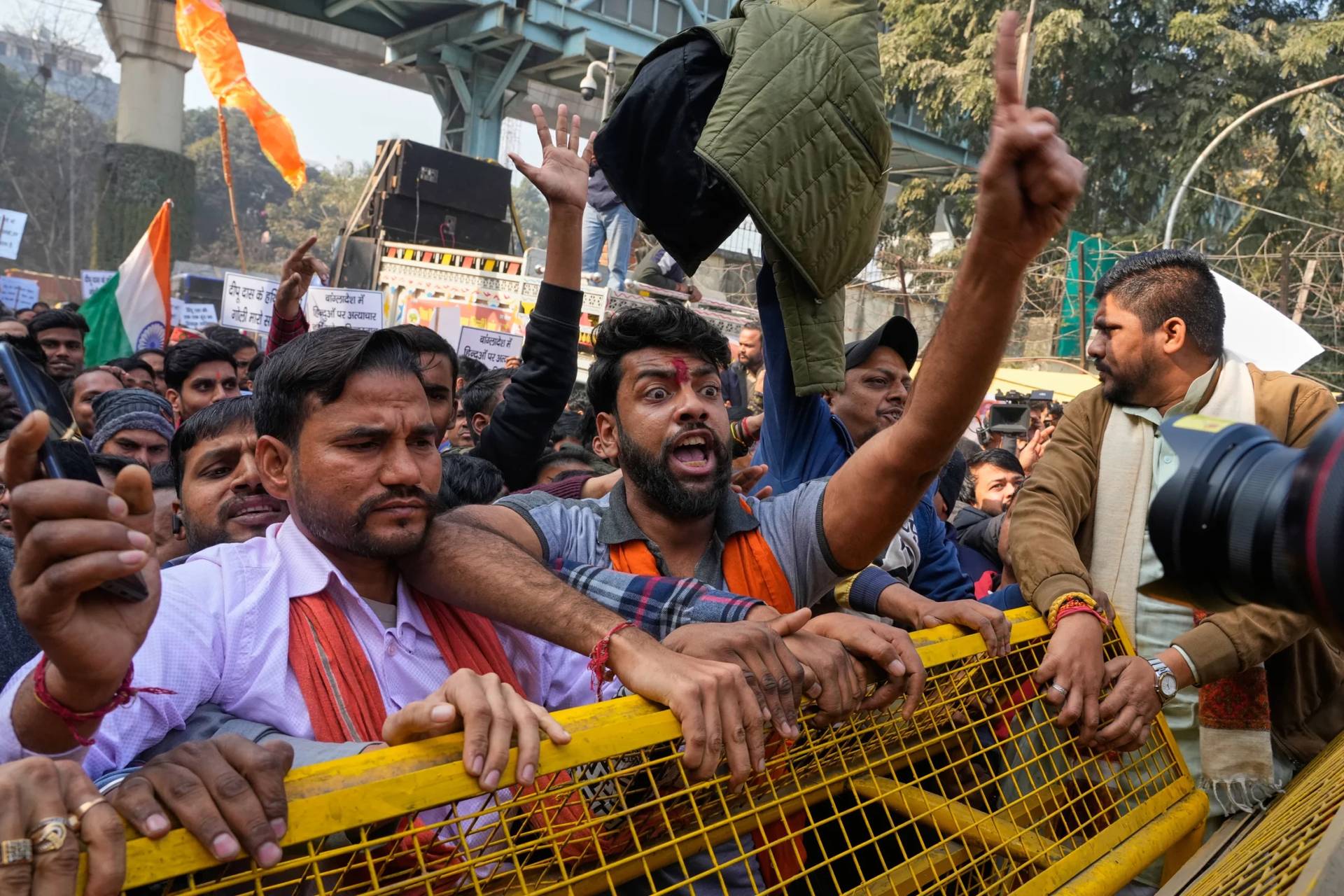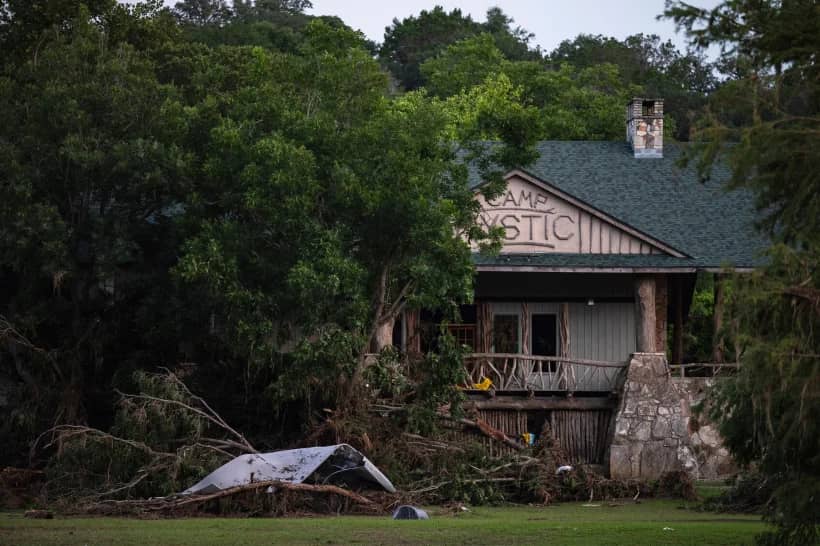One of the big stories of the past week was that there is a consistory in the offing for early 2026. Scheduled for Jan. 7-8, 2026, the gathering is not for the creation of new cardinals, but to give the cardinals a chance to meet and talk together.
Such meetings were few and far between during the Francis pontificate, a fact many cardinals privately lamented.
“It will be a great opportunity for many of us to get to know each other,” Cardinal Isao Kikuchi of Tokyo told Crux, “and share our concerns from the perspectives of periphery and assist Holy Father to discern direction of Holy Spirit together.”
It will be a chance for Pope Leo XIV to ask questions of his cardinals, and it will be a chance for them to speak to him as well as with each other.
It will also present an opportunity for the still-new pontiff to share with the cardinals his plans for the future.
One lesson of the Francis pontificate was that the pope only isolates himself when he does not disclose his mind to his closest collaborators.
Another lesson of the Francis pontificate – often enough learned in the breach – is that the pope is the successor of Peter and of all his predecessors in the Petrine office. That fact – one of history and of the Church’s own hard-earned self-understanding – has been a crucial ordering force in and for the papal office through the centuries. It made a real difference to what popes did via what they would and thought they could do – and to how they did what they did.
It was a fact Francis notionally acknowledged, but the circumstances of Francis’s election to the See of Peter were extraordinary and exceptional, as were his personality and character. A fact universally acknowledged by his staunchest supporters and his most implacable critics was that Francis did not care much for precedent (or even the protocols developed over centuries in light of institutional precedent).
This means Leo XIV has a difficult needle to thread.
Leo XIV must show the cardinals he is his own man, while maintaining continuity with a maverick predecessor and with all his other predecessors in the office he now holds. It is a little like the old business maxim. Big, Fast, Good: You can have any two. Leo needs three: To be himself, to be somehow in continuity with Francis, and to be in continuity with the history of the Petrine office itself.
Just this past Sunday – the feast of the dedication of the Lateran basilica, in fact Rome’s cathedral archbasilica – Leo spoke of the Church as a “construction site” and noted how the image, also used by his predecessor, “speaks of activity, creativity and dedication, as well as hard work and sometimes complex problems to be solved.”
“It captures the concrete, tangible efforts of our communities as they grow every day, sharing their charisms under the guidance of their pastors,” Leo said.
If the Church is a construction site, the pope is not the architect but the chief engineer, and the cardinals are his foremen.
Leo also noted how the construction of the Lateran basilica “has had its share of critical moments, delays and changes to the original plans.”
Francis’s maverick proclivities and penchant for “keep ’em guessing” leadership – to say it with Crux editor John L. Allen Jr. – frequently unleashed enormous energy in the Church, but in the absence of clear direction, those energies also quickly dissipated.
The coming consistory is a chance for the new pontiff, Francis’s successor, to mark the beginning of a new Leonine era, but only if he lets his cardinals know – and let them really understand – what his plans are.
In many subtle ways, Leo has already laid the groundwork. He is almost entirely conventional when it comes to the trappings of papal office and the observation of papal protocol. It really has been remarkable to see him recover a sense of regularity – not to say decorum – in affairs, while also building rapport with the faithful and letting his personality shine through in subtle ways, sometimes at key moments.
When King Abdullah II and Queen Rania of Jordan were visiting with Pope Leo XIV last month in the Vatican, the queen asked the pontiff about his upcoming trip to Lebanon – one leg of a trip scheduled for Nov. 27-Dec. 2 that will see him first in Türkiye for the 1700th anniversary of the Council of Nicaea – inquiring, “Do you think it is safe to go to Lebanon?”
“Well,” Leo replied, the faintest hint of a smile detectable at the corners of his mouth, “we’re going.”
The idea of papal continuity – I mean papal continuity over centuries, not only or even primarily from one pope to another – was certainly overshadowed during the Francis pontificate, but Leo has already begun to recover it, or at least to create the conditions for its recovery.
There is a very real and palpable sense in which the conclave that elected Leo was not so much a referendum on his predecessor’s agenda – indeed, it is difficult even to speak of an agenda for a man whose unofficial papal motto was Hagan lio! – so much as it was a referendum on the need for a return to stable and orderly governance.
That is one key reason for which Pope Leo XIV needs to lay out his own plans, to give his own dispositions, in a word: To say what he thinks about what needs to be done.
The pontiff already told the cardinals why he chose Leo for his regnal name.
“There are different reasons for this,” he told the cardinals gathered in the New Synod Hall on May 10 of this year, “but mainly because Pope Leo XIII in his historic Encyclical Rerum Novarum addressed the social question in the context of the first great industrial revolution.”
“In our own day,” Leo said, “the Church offers to everyone the treasury of her social teaching in response to another industrial revolution and to developments in the field of artificial intelligence that pose new challenges for the defense of human dignity, justice and labor.”
The cardinals are glad of the chance to become more familiar with each other, for sure, and they are also anxious to hear more about what Leo plans to do.
Follow Chris Altieri on X: @craltieri
*Nirmala Carvalho contributed reporting for this piece.
